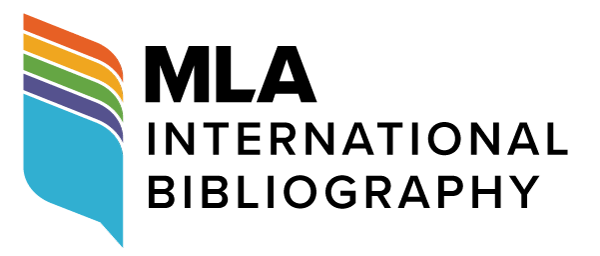Hortus Conclusus: a Visual Discourse Analysis Based on a Critical Literacy Approach to Education
DOI:
https://doi.org/10.18485/bells.2010.2.7Keywords:
critical literacy, visual discourse analysis, Hortus Conclusus, deconstruction, reconstruction, EAP teaching, content areas, motivation, language awarenessAbstract
Some form of critical literacy seems to have become essential to all students today, irrespective of where they are studying, at what level, or what their academic field is. Indeed, in even greater need of developing their critical literacy abilities appear to be students of the Humanities for it is in these areas of study that some critical, cultural and historical perspectives are constantly being re-examined, reassessed, deconstructed and reconstructed in accordance with our age/postmodern/modern theories. By way of illustration, and taking as its premise the assumption that all knowledge is, at least to a certain extent, ideological and related to power, this paper attempts, within the theoretical framework of critical literacy, an analysis of a specific visual discourse relevant to art history studies – the iconography of Hortus Conclusus (Enclosed Garden). Methodologically speaking, the benefits from this kind of approach could be manifold. Students are and feel empowered to critically acquire/deconstruct/reconstruct knowledge in specific content areas – a fact which in itself provides higher motivation in an EAP class (they are primarily focused on gaining knowledge in English rather than that of/about English). All the stages of the above demonstrated process are conducted in English, which gives the teacher an excellent opportunity to cater for the students’ specific needs (e.g. employ concept and semantic mapping and other vocabulary-building strategies relevant to their fields of study). The approach also appears to raise the students’ overall awareness of language and stimulate an analytical interest in etymology, semantics and semiotics as well as in the nature, purpose and workings of language in general.
Downloads
References
Downloads
Published
Issue
Section
License
Copyright (c) 2021 Milica Stojanović

This work is licensed under a Creative Commons Attribution-ShareAlike 4.0 International License.
Authors who publish with this journal agree to the following terms:
- Authors are confirming that they are the authors of the submitting article, which will be published (print and online) in Belgrade English Language and Literature Studies by the Faculty of Philology, University of Belgrade (Faculty of Philology, Studentski trg 3, 11000 Belgrade, Serbia). Author’s name will be evident in the printed article in the journal. All decisions regarding layout and distribution of the work are in hands of the publisher.
- Authors guarantee that the work is their own original creation and does not infringe any statutory or common-law copyright or any proprietary right of any third party. In case of claims by third parties, authors commit their self to defend the interests of the publisher, and shall cover any potential costs.
- Authors retain copyright and grant the journal right of first publication with the work simultaneously licensed under a Creative Commons Attribution-ShareAlike 4.0 International License that allows others to share the work with an acknowledgement of the work's authorship and initial publication in this journal.
- Authors are able to enter into separate, additional contractual arrangements for the non-exclusive distribution of the journal's published version of the work (e.g., post it to an institutional repository or publish it in a book), with an acknowledgement of its initial publication in this journal.
- Authors are permitted and encouraged to post their work online (e.g., in institutional repositories or on their website) prior to and during the submission process, as it can lead to productive exchanges, as well as earlier and greater citation of published work.




